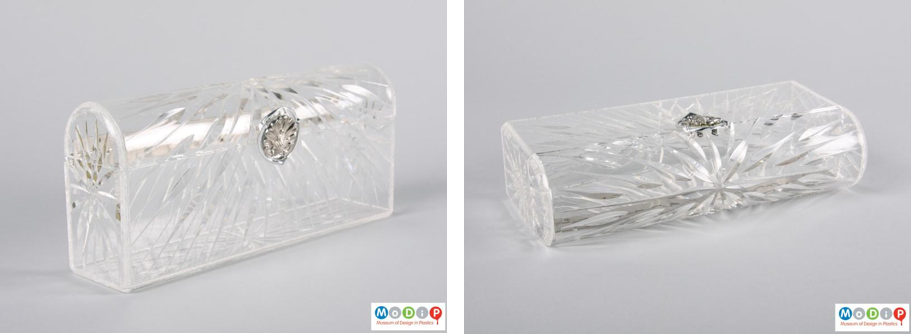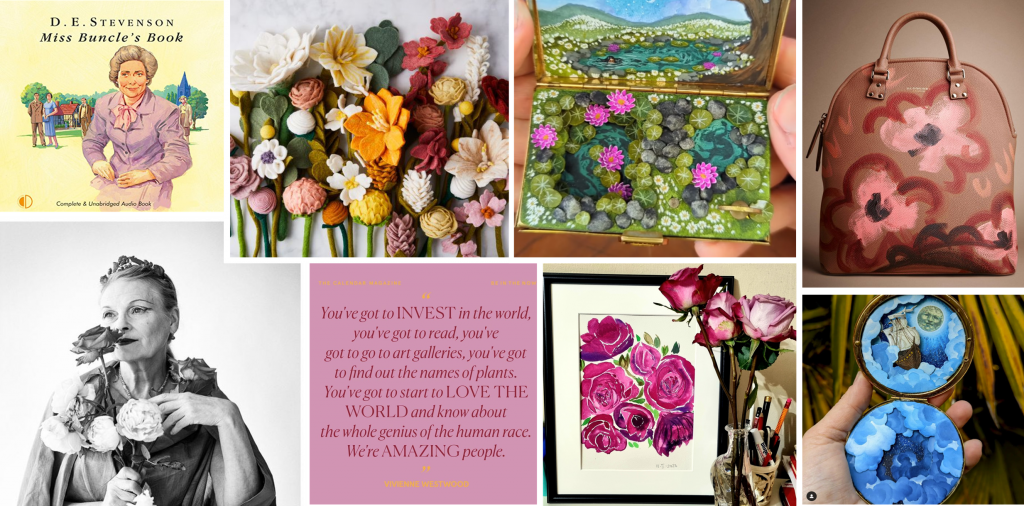The Social Graces, by Renée Rosen
Among the exquisite books I’ve enjoyed lately, today I am sharing The Social Graces. I knew that I would love it as soon as I read this article by the author, Renée Rosen, on LitHub, titled Gilded Age Parties Were Even Wilder Than You Can Imagine. I couldn’t download it fast enough.
A historical novel about New York’s ‘society’ of the late 1800s, their lives, the rivalry, the balls, the grand mansions, the extravagances. The main characters are the almighty Mrs Caroline Astor, the Mrs Astor, and newcomer Mrs Alva Vanderbilt, later Belmont, after a divorce that was in itself a story worth reading more about. The book goes beyond what was being covered by the gossip columns of the day and manages to, as Renée Rosen clearly wanted, humanise these characters that were once actual living people, with full and complex lives, not just a public persona.
Source – Mrs Caroline Astor, Mrs Alva Belmont (Vanderbilt)
I appreciated how the author notes at the end which of the main events were real and which were fictional in the book. It’s rare, even for a historical novel. Some details she mentions, like the cost for the flower arrangements and the type of party favours given away at the balls described – diamond bracelets or brooches and the like – have stuck with me. It can be very difficult to accept that all this was real, I must say. But I suppose such things are happening even nowadays behind closed doors.
Source – Age of elegance, Mrs Astor (center) greets guests at one of her sumptuous Gilded Age balls
It was also very interesting to learn a little bit about how the famous Waldorf-Astoria hotel came to be, for example, as well as to identify some parallels between the characters of Mamie Fish, in the book, and Auntie Mame of the eponymous film I recommended a while ago. I couldn’t find anywhere confirmation that indeed the latter was inspired by the former, or vice versa, but between the chimpanzee ball and some of their lines being very similar, I think it’s safe to say Rosen is no stranger to the movie.
I enjoyed this book tremendously and all these little finds hidden within it!

The Vanderbilt Ball and The Electric Light Dress
Source – Alva Vanderbilt at her masquerade ball
In the age of 3D printed dresses, dresses connected to augmented reality, hologram dresses and more, dresses embellished with fairy lights are not only all too common, but also quite kitsch and passé. But now go back in time almost 140 years, to 26th of March 1883, when Alva Vanderbilt threw a famous masquerade ball as a housewarming party for her new mansion – Petit Chateau, at 660 Fifth Avenue in Manhattan.
Source – Petit Château, the Vanderbilt Mansion
Her sister-in-law, Alice Claypoole Vanderbilt, decided to come dressed as electric light, which was barely becoming a thing at that time (can you imagine?) and was one area of industry that the Vanderbilt family was expanding in. The dress she wore included a button in her pocket, which illuminated the lightbulb she held in her hand. This was something unseen before at that time. You can listen to this episode of the Dressed podcast to learn more about it.
Source – Electric Light Dress
Immerse yourself in the atmosphere of this very famous ball, which changed New York’s elite society, reading more about it on the Museum of The City of New York’s blog and watching this short video by PBS. To top it all off, admire some of the other costumes worn that night here. There is so much to discover about the Gilded Age! I am just getting started…

Door Knockers
I think this find should have opened the letter, but I hope you’ll welcome it anyway, as it could help you, in turn, welcome your visitors in style! Door knockers are not as common as they used to be (I, unfortunately, do not have one, for example) and are certainly not as ornamental as the antique and vintage ones. Nowadays, if you can spot them at all, they seem to be a simple feature of the door, rather than have a life of their own.
I say that should change and we should once again embrace fancy designs that make a unique first impression or a beautiful sight to greet you when you return home. I’ve already amassed many more prime examples than I will ever need, so you choose yours, there’s enough to go around!
I wonder what the door knocker on Alva Vanderbilt’s Petit Chateau looked like…

‘Crystal’ Clutches
I’ve shared a selection of quirky bags before in the letter, and I will do it again for sure. But today I wanted to put the spotlight on the exquisite clutches and accessories of Douglaspoon, hand-carved and looking like veritable pieces of crystal wear from hundreds of years ago. I find the concept brilliant and it’s no wonder these have been stocked by the likes of the V&A museum and some exclusivist retailers around the world.
Be sure to also check their accessories, the rings and bangles are looking particularly splendid!
Looking around to see if anyone else is doing anything similar, as I always like to do, I found one example of a similar clutch in the archives of the Museum of Design in Plastics, from the 70s, featuring a similar crystal cut. Beautiful as well!


Iconic First Lines
Source – ‘Mrs Dalloway said she would buy the flowers herself.’ Maryl Streep as Mrs Dalloway in The Hours (2002)
Do you know your Tale of Two Cities or your Mrs Dalloway to the point that you would recognise the first words of each book? OK, fair, I deliberately chose two novels with some of the best-known opening lines in literature. But take this quiz on the Penguin website and see if you find all entries equally easy to match! Some of them made me reach out for that book on my shelves to confirm, some I didn’t know at all, but it was all quite fun!

Dried Flower Arrangements
Source 1, 2, 3 – I am loving the yellows!
In tune with Mrs Dalloway, I also very much enjoy buying my own flowers, as mentioned before. I always try to have fresh flowers in the house, and it’s scientifically proven they can boost our mood! But recently I’ve started seeing a lot of lovely pictures of vibrant and colourful dried flowers and I was tempted to explore the topic since I hadn’t really considered buying some before.
There are dried flowers that indeed keep their colours beautifully and look incredible, and I also discovered the concept of preserved flowers. But my main problem remains with the stems, which turn out looking slightly unattractive no matter what you do. I guess maybe an opaque vase and a rich arrangement could hide these quite successfully.
What do you think?

The Exclamation Mark
I remember a time when my work colleagues would say to me I shouldn’t put an exclamation mark after Thank you! at the end of my emails because it looked like I was screaming at the recipient. I always argued that this is precisely how this infamous punctuation mark should be used, to express a sign of exclamation or admiration and when better to do so than when saying a sincere Thank you? Well, F. Scott Fitzgerald would have agreed with them, as it turns out…
l really enjoyed reading about the Brief History of the exclamation mark and learning that apparently the mark emerged as “a superimposing of the I and O of the Latin exclamation Io!,” which translates to “joy.” Apparently, over time, the I stretched out over an O that kept shrinking to form the mark we know today.
Digging a bit deeper, I think the Wikipedia entry is very useful in understanding how various cultures might judge differently a sentence ending in the ‘bang’ or the ‘shriek’, as it is also known.
Do read more about this out-of-favour punctuation mark, it is highly entertaining!

If this letter has offered you a moment of inspiration, kindly forward it to others who might enjoy it too. And if you have been forwarded it, indulge in all previous Miss Onion’s Exquisite Finds and subscribe to the weekly letter.
Follow Miss Onion’s Exquisite Finds on Instagram and Pinterest.
Merci!




